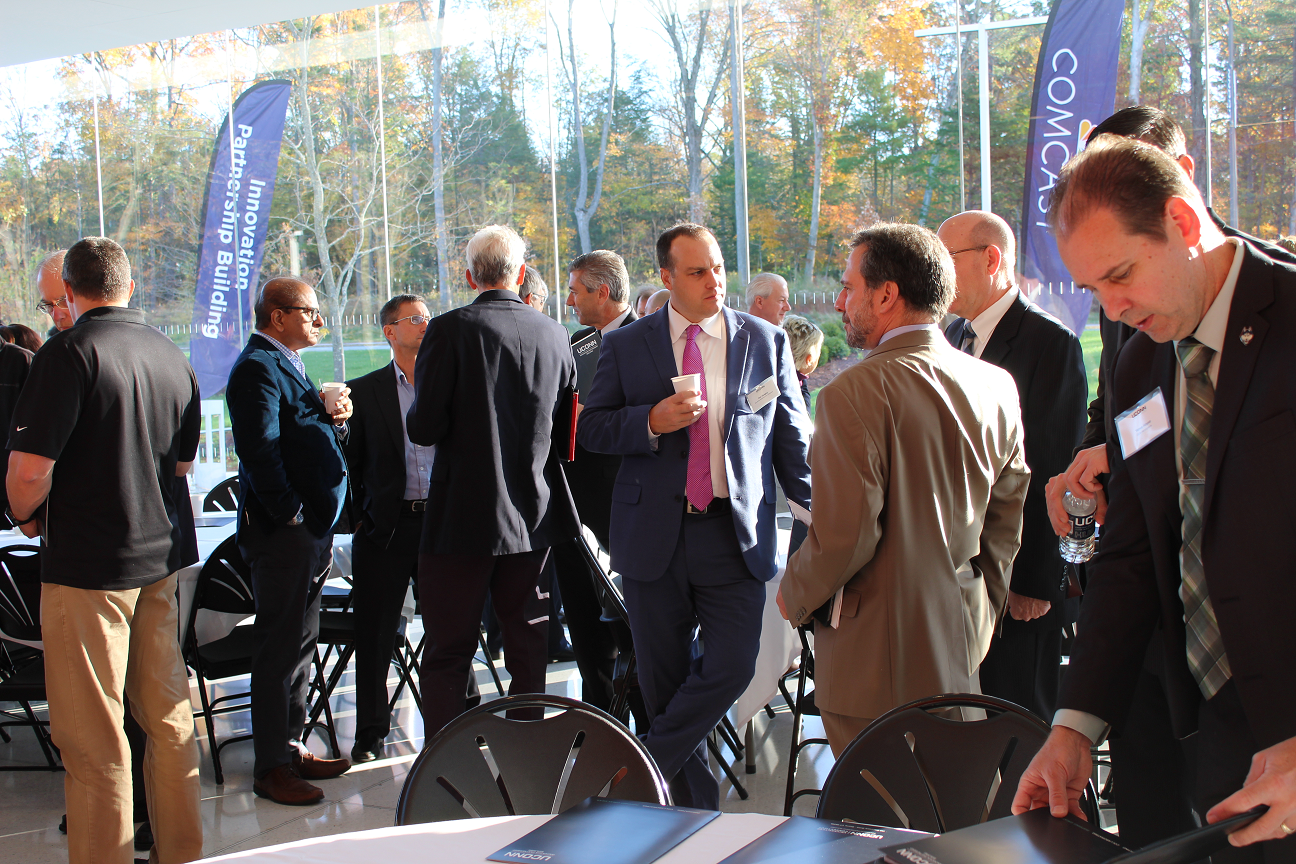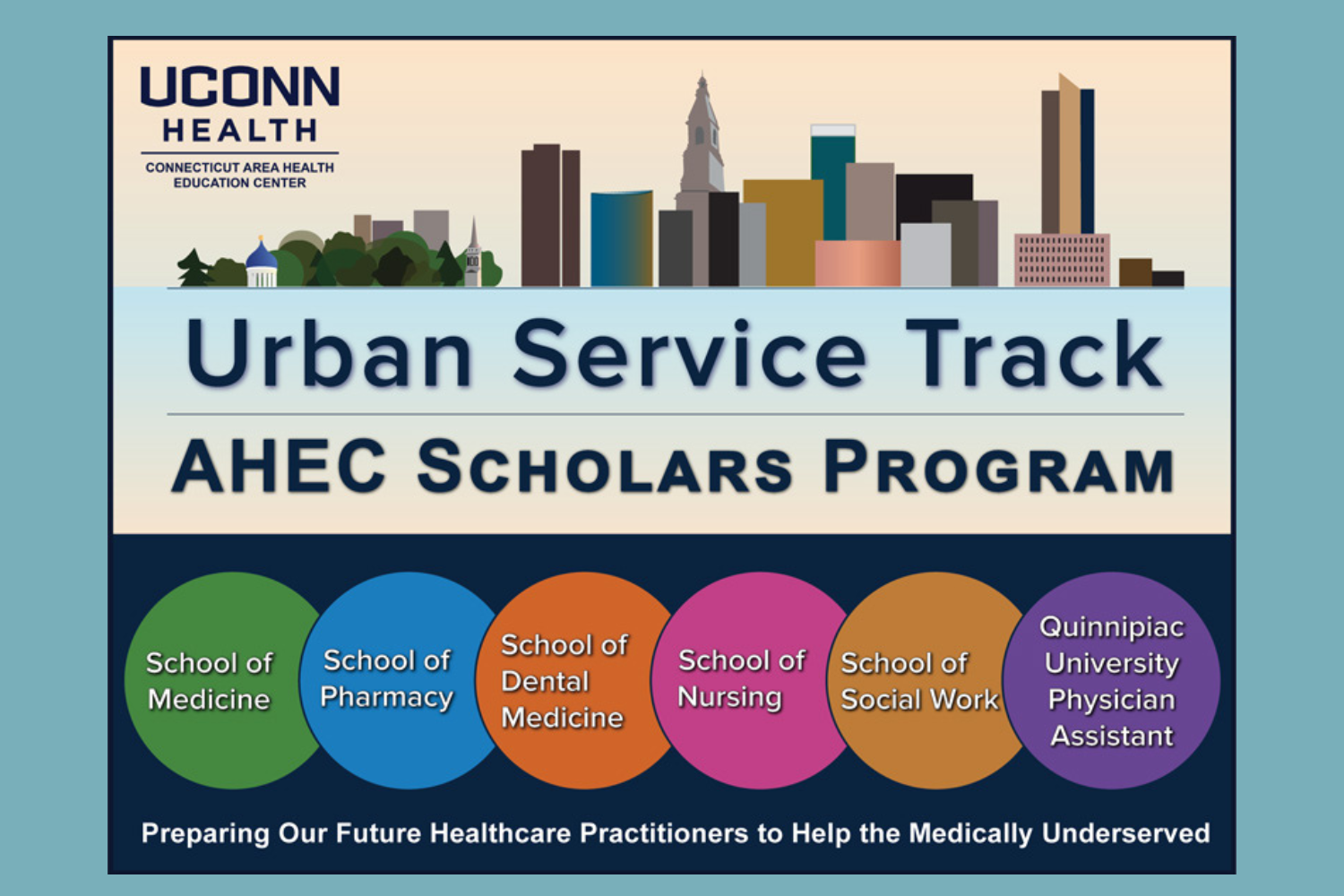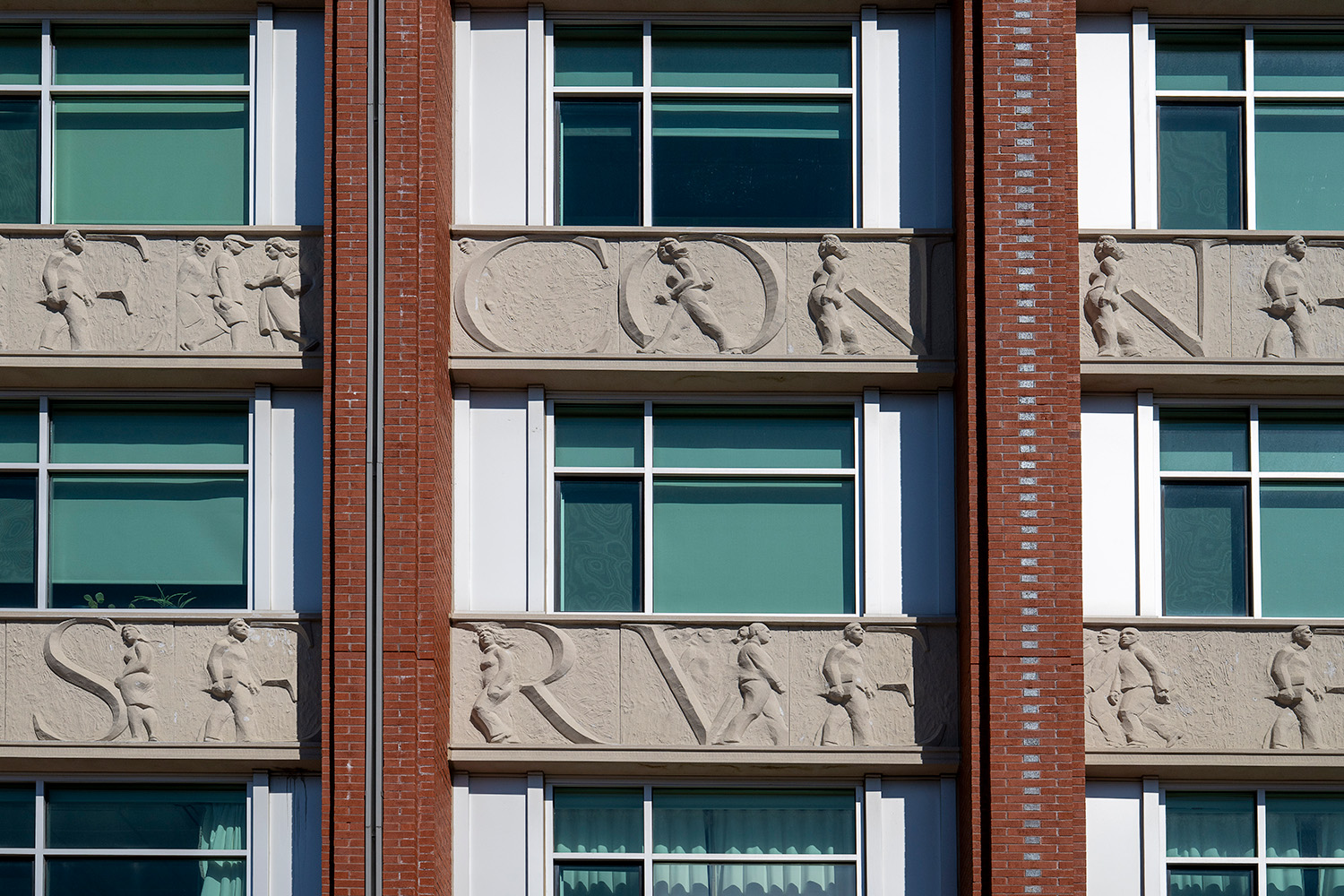Dozens of invited guests from state government and industry joined UConn administrators and faculty on Friday at the inaugural UConn Tech Park Symposium. The event served to celebrate the completion of the first phase of construction at the Innovation Partnership Building (IPB) and highlight the facility’s high-tech equipment and unique capabilities.
Construction began on the $132 million, 113,700 square foot building in October 2015. As the anchor building of the future UConn Tech Park, the IPB will provide industry and academic scientists with state-of-the-art research space and access to $40 million worth of specialized equipment. To date, 10 major industry partners have committed over $80 million in funding to support on-going and future research collaborations.
“We have been privileged to receive this investment from the state and our industry partners. We have been privileged to form strong relationships with our stakeholders,” said Radenka Maric, UConn vice president for research and former executive director of the UConn Tech Park. “The progress and partnerships we see today are because people at the university and in industry took action. Now it’s time to envision all the possibilities still ahead of us.”
Maric was joined in welcoming guests by others from UConn’s senior leadership, including Provost Jeremy Teitelbaum, dean of the School of Engineering, Kazem Kazerounian, and current IPB executive director, S. Pamir Alpay. All reiterated Maric’s message of gratitude to state officials and contributing partners and enthusiasm about leveraging the IPB to continue to position UConn as an innovation cluster.
“This is truly an unprecedented opportunity for Connecticut’s business leaders to engage with the flagship university of the state,” said Alpay. “The IPB not only provides R&D and office space for companies, but also brings them together with UConn’s amazing faculty experts and future talent for their innovation workforce through UConn’s highly skilled graduates.”
Following remarks from administrators, guests toured the facility, which is expected to be fully completed in the spring of 2018. In addition to visiting the main floor and other spaces that are open to the public, including the third-floor terrace, symposium attendees were able to see some of the building’s most technically advanced and structurally sophisticated assets.
The Innovation Partnership Building features both wet and dry labs, some of which are still available for industry-academic collaborations. Open space can be fitted to spec for future tenants’ R&D activities in a variety of sectors. Building facilities are supported by an oversized generator, argon sprinklers for added safety, and a 25,000 square foot living roof that will last for approximately 25 years with minimal maintenance.
A custom built vibration-minimizing room with foundation extending to bedrock eighty feet below the ground will house the Thermo Fisher/FEI Titan Themis, a highly sensitive microscope capable of visualizing a single atom. This area of the facility is so sensitive that it can detect vibrations from a person walking along the street some 600 feet away.
“This is the absolute latest in specialized microscopy equipment,” explained Steven Suib, director of the UConn Thermo Fisher Scientific Center that will be located at the IPB and will manage use of the microscope. “The Titan Themis literally changes the way we see things.”
The partnership between UConn and Thermo Fisher, formally created through FEI, is one of the largest contracts in UConn’s history.
Following tours, guests heard from Suib and other IPB center directors about some of the cutting-edge research being conducted at UConn in support of industry. UConn faculty and student researchers are collaborating with global industry leaders on R&D projects in a variety of sectors. From storm outage modeling at the Eversource Energy Center, to alloy development at the Pratt & Whitney Additive Manufacturing center, to biogas purification processes at the Fraunhofer Center for Energy Innovation, the research conducted through IPB collaborations leverages academic expertise and resources to advance technologies, support industry partners, and benefit economic development in the state, according to university officials.
Center directors continued to focus on the future of the IPB and growing partnerships with industry.
“We can, and we do help tackle issues industry leaders are experiencing today,” said George Bollas, director of the UTC Institute for Advanced Systems Engineering. “But how we really help our partners is by being able to look ahead and solve problems industry might see tomorrow.”
The day-long event concluded with invited talks from representatives from contributing partners Eversource and Pratt & Whitney and from regionally-based companies General Dynamics Electric Boat, CONNSTEP, Inc., Cabot Corporation, Cadenza and Sikorsky Aircraft.
Once complete, the Innovation Partnership Building will be home to up to 20 research centers of excellence, dozens of scientific and administrative staff, and over 40 pieces of high-tech equipment.
To learn more, visit techpark.uconn.edu.



